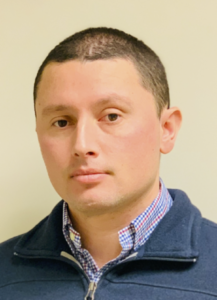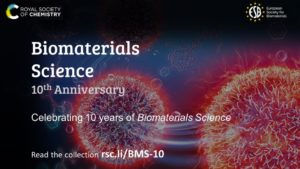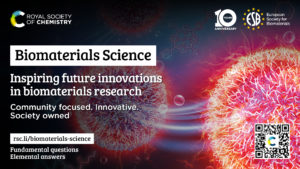Read Daniel’s Emerging Investigator article, ICAM-1-decorated extracellular vesicles loaded with miR-146a and Glut1 drive immunomodulation and hinder tumor progression in a murine model of breast cancer, DOI D3BM00573A.
Check out our interview with Daniel below:
What aspect of your work are you most excited about at the moment and what do you find most challenging about your research?
We are very excited about the possibility of using our Tissue Nano-Transfection (TNT) technology to partially engineer the secretome of tissues, in vivo, to drive therapies in diseased tissues, either locally or remotely. In the work we published in this issue we showed that TNT can engineer patches of skin tissue to produce ‘designer’ extracellular vesicles that could mitigate tumor progression, locally, in a mouse model of breast cancer. However, the therapeutic potential of the engineered secretome could also be leveraged to drive more systemic responses. For example, in a recent study we showed that TNT can also engineer patches of skin tissue to drive improved endocrine and metabolic function in murine models of diabetes. Long-term, we hope to be able to leverage this approach to target therapies to many different organs and tissues via the skin. The challenge here will be to develop strategies to control and precisely target these therapies to diseased tissue, minimizing the potential for side effects. This is currently a very active area of research in my lab.
Keep up with all of Daniel’s research by checking out his lab’s web page or following him on twitter @dgpnanomedlab.













